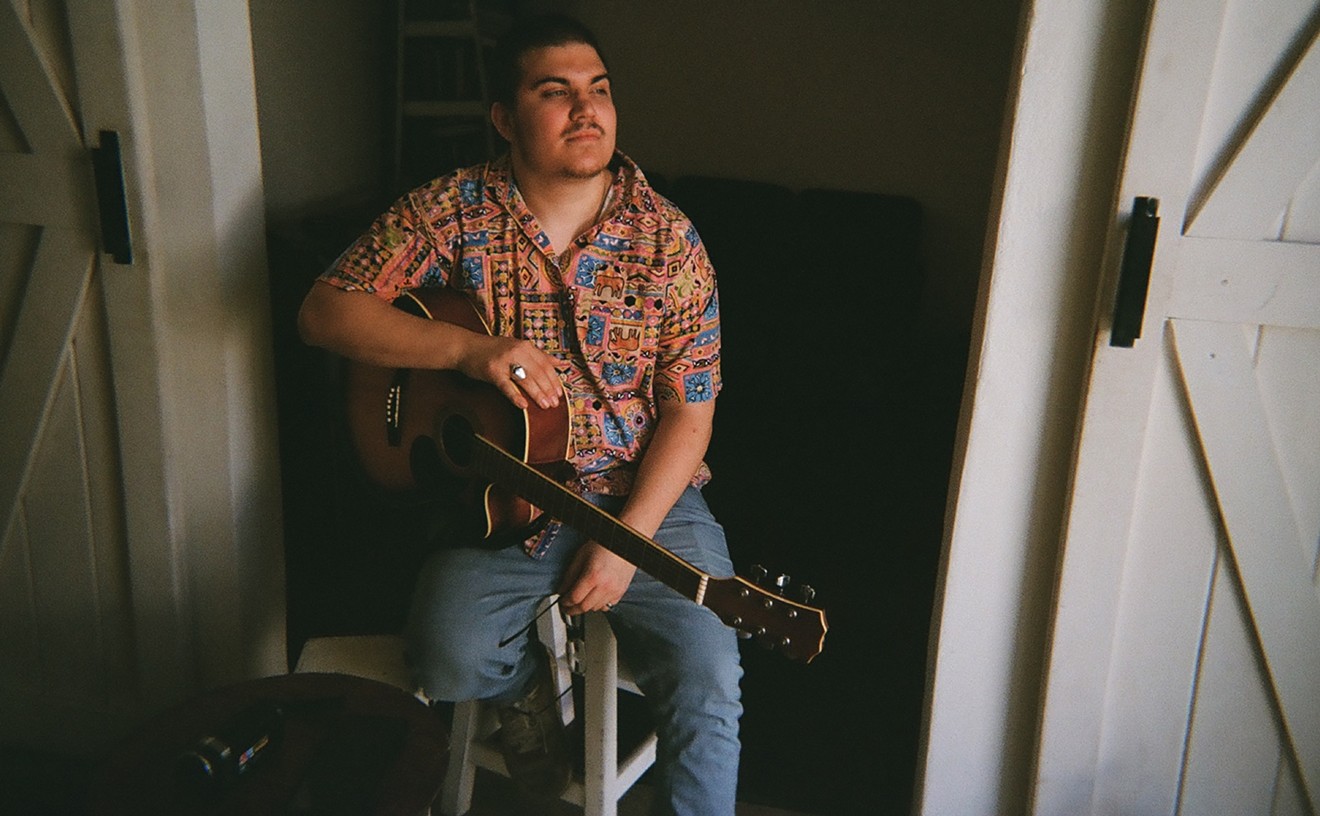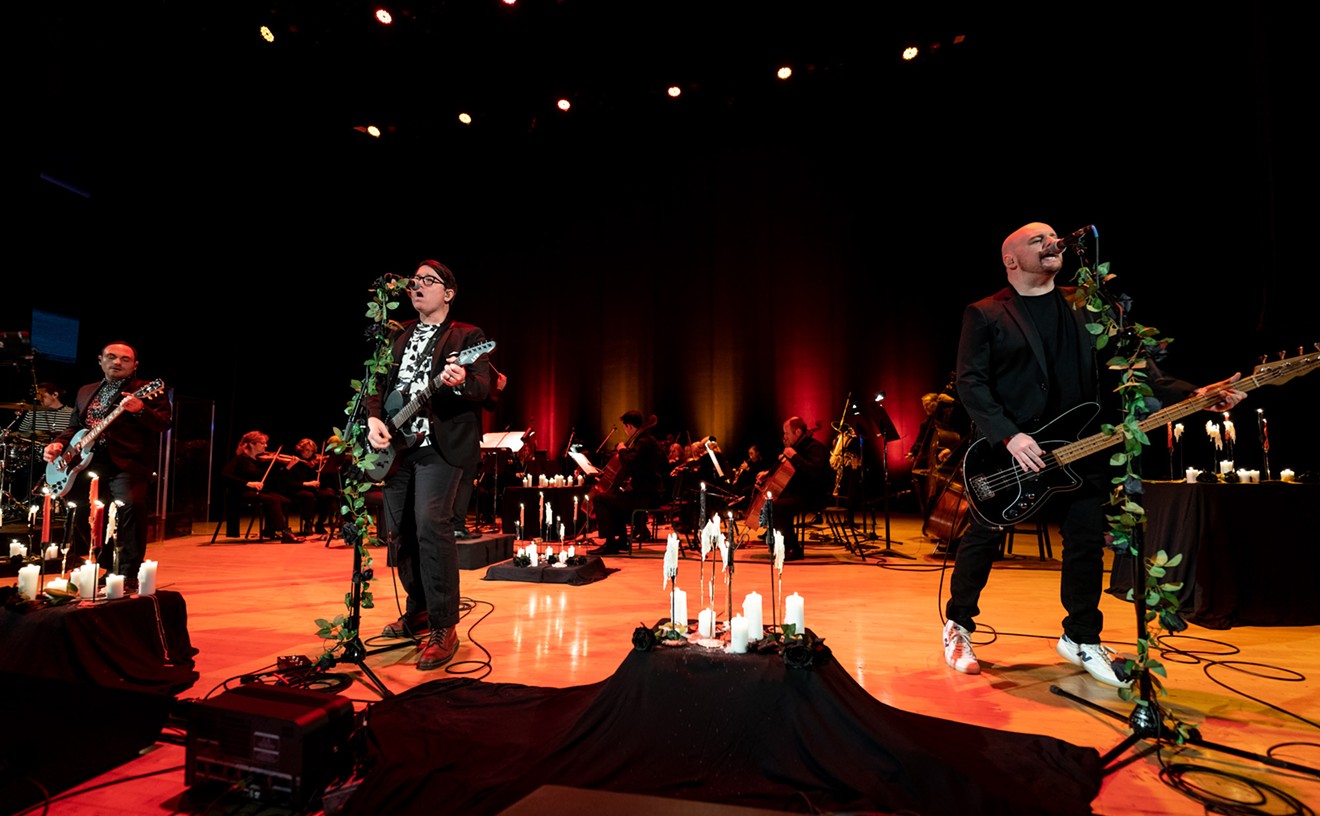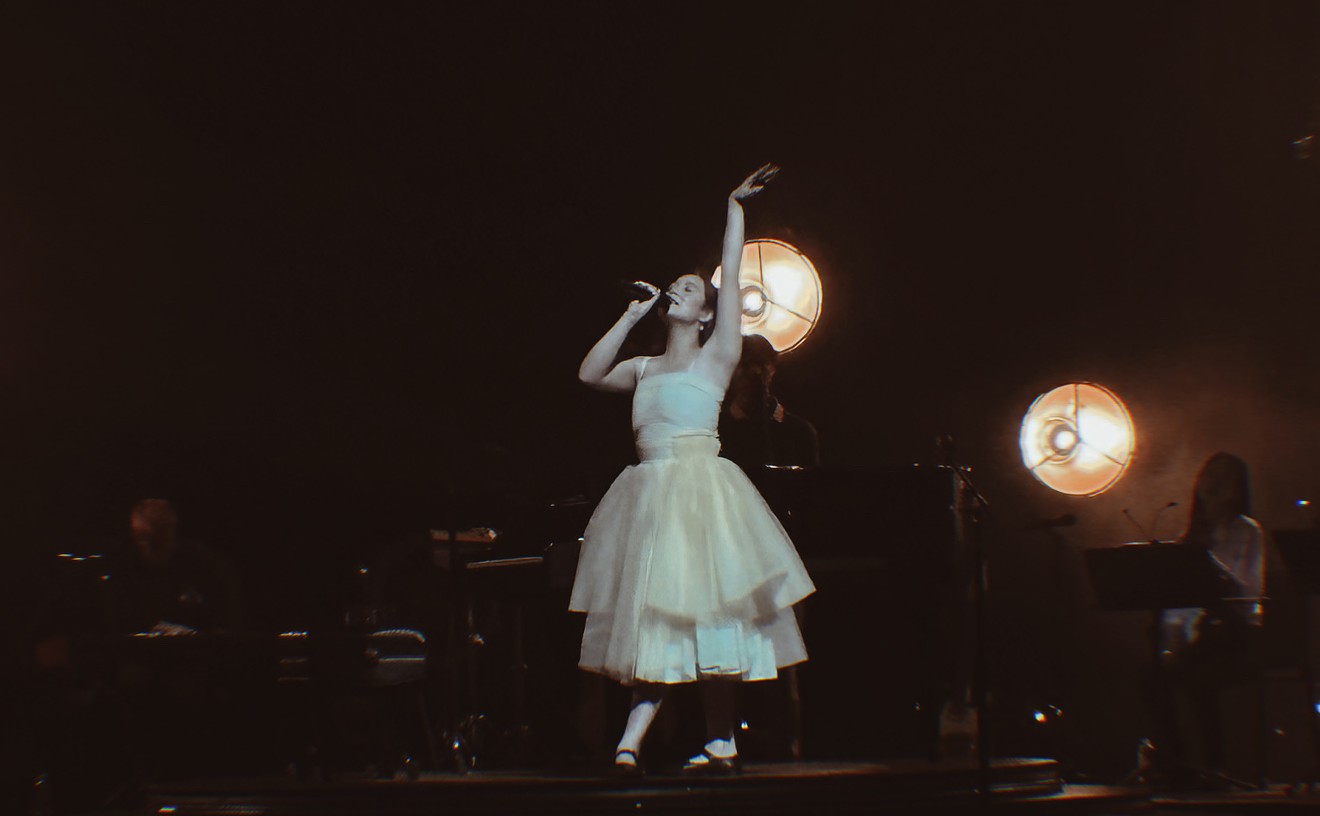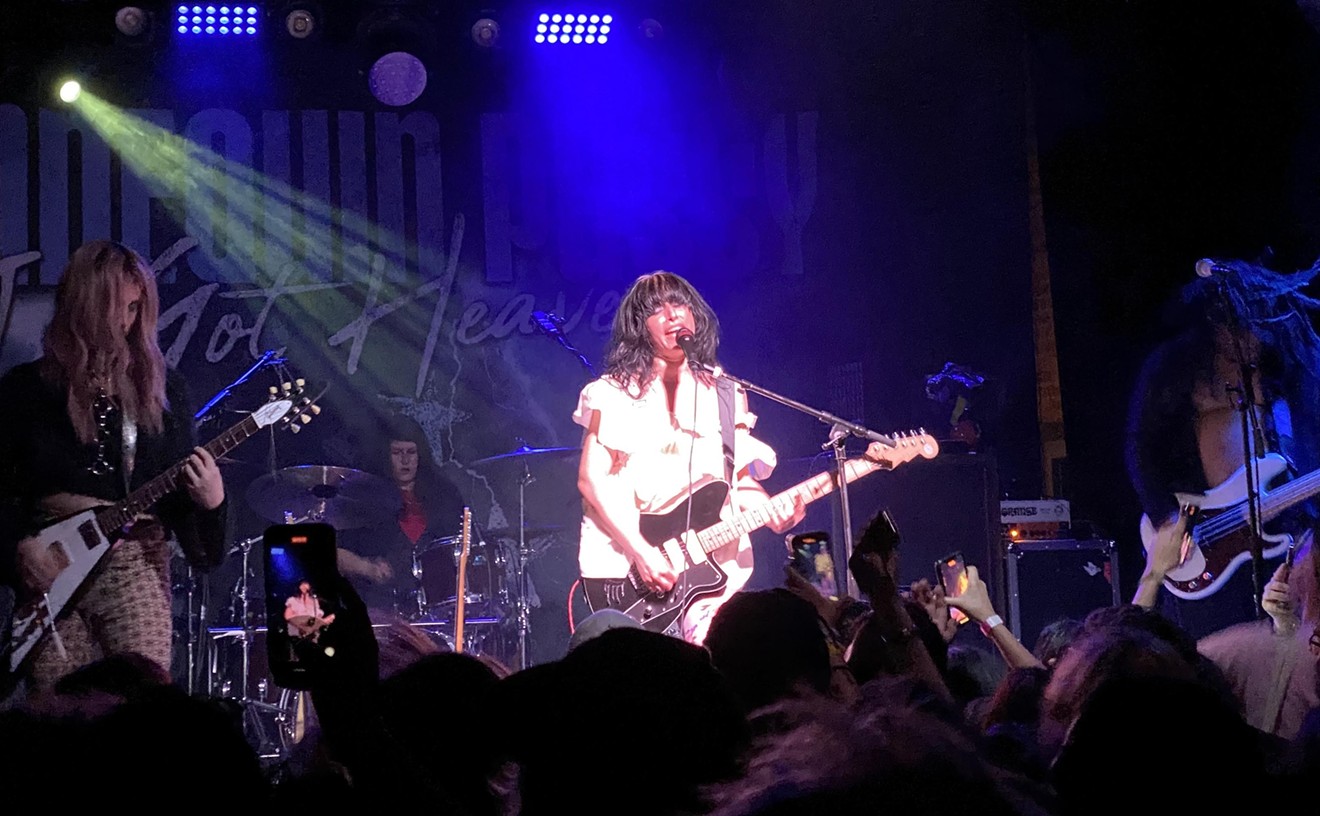Morse, who recently turned 70 and lives in Paso Robles, Calif., with husband Jack Bradford, a retired carpenter, made her last recording in 1957. Mention of her name among those who might recall such things often elicits the response, "Is she still alive?" but up until the mid-'80s, the singer performed regularly with a jazz trio. These days, Morse is happy to just stay at home and listen to her beloved Benny Goodman albums.
"I loved the music and just being around musicians, but I don't miss a lot of the other junk," Morse says from her home, speaking with the unpretentious spark that was the foundation of her singing style. "Nowadays you hear a lot about celebrity stalkers, but there have always been people that follow you around and stare. It used to give me the creeps sometimes."
In the almost 50 years since her heyday, when she rose from Texas obscurity to astonishing chart-topping success, Morse has become something of a cult hero, mostly because her widespread success was so unjustifiably short-lived. Her music has held up as the real deal for all these years, as evidenced by the vibrancy and vitality of Morse's 1992 CD reissue as part of the "Capitol Collectors Series."
Morse sang the first million-seller on Capitol with "Cow Cow Boogie" in 1942, and she never recorded for another label. What's more, Ella Mae brought a young, smooth-singing piano player named Nat King Cole to the attention of Capitol heads Glenn Wallichs and Johnny Mercer.
"I was crazy about Nat, so I dragged Johnny and Glenn down to see him at some club in downtown L.A., and Johnny was just knocked out. Glenn didn't think there was any commercial potential in Nat King Cole," Morse remembers with a hearty laugh, "but those guys had a rule that if one of them was really behind someone they'd go ahead and sign them. They didn't have to agree.
As Nat King Cole pioneered the cohesive-album concept with Two In Love and crossed over to the white audience, Morse was also attracting a racially mixed crowd with such juke-jivin' numbers as "House of Blue Lights" and "Pig Foot Pete." The original version of the "House," now a standard, features Morse's spoken-word intro: "What's that, Homey? If you think I'm goin' dancin' on a dime, your clock is tickin' on the wrong time."
This was a white girl in 1946.
"People used to tell me, 'I hope you don't take this the wrong way, but you sing like a black girl,' and I'd wonder what other way is there to take that than as a great compliment," Morse says.
Austin singer Mary Ann Price, who was transfixed and transformed by hearing "Cow Cow Boogie" on the radio at age 7, refers to Morse as "one of the few white singers who could really swing."
"That's what I'm going for--that intuitive feel, where you just nail it and you know it," Price says. "That's what Ella Mae's music has."
Born just south of Arlington in Mansfield, where her British father and Texan mother played drums and piano, respectively, in a jazz combo, Morse was always around music. She was 9 when her parents divorced and her mother took her to live in Paris, Texas, where her informal musical education continued on a front porch near the store where Ella Mae would buy candy. Paris was segregated, and the store was right on "the border."
"One day I heard someone playing a blues song that I knew, so I sang along," Morse says. Suddenly, the guitar playing stopped and an older black gentleman peered around the corner to see who was knocking out the vocals. He invited young Ella Mae over, and the two sang songs together until Ella Mae's mother came home from her job at a textile factory and fetched her daughter.
He called her "little white baby," she called him Uncle Joe, and the unlikely partners sang together almost every afternoon, until 12-year-old Ella Mae and her mother moved to Dallas. "My parents didn't understand racism," Morse says. "They wanted no part of it."
A few months before her 14th birthday, Ella Mae, accompanied by her mother, went to the Adolphus Hotel to audition for the Jimmy Dorsey Band, whose singer had bolted after an argument with the bandleader. After convincing her mother to go along with the story that Ella Mae was 19, Morse was hired on the spot and soon found herself singing at the New Yorker Hotel with the Dorsey band and in front of a crowd that included the likes of Frank Sinatra, bandleader Harry James, and Joe DiMaggio.
"I was pretty intimidated by the whole thing," Morse recalls of her first step into the New York limelight. "All the celebrities in the audience made me nervous, and I never could get in the groove."
After a disastrous radio appearance in which Morse sang a bawdy "race" version of one song and then forgot the words to another, she was canned by Dorsey and replaced by Helen O'Connell.
"I was devastated," Morse says. "I was just so young, and I'd never really known failure before, but for it to happen up there in the public eye--in New York of all places--was just too much."
After Ella Mae spent a couple of years recovering in Dallas, the Morses moved to San Diego, where her mother had a brother. It was there, at the Pacific Square Ballroom, that something good finally came of Morse's stint as Dorsey's "girl singer." She met up with Dorsey's former piano player, Freddie Slack, who had put together his own band and was looking for a singer for an upcoming session at the brand-new Capitol Records label.
In Ella Mae Morse, Slack found everything he was looking for, and then some. Remembering her bouts with nervousness, he wasn't sure she could swing in the studio. After expressing this concern to Johnny Mercer, who was producing the first session, Slack lead his orchestra and featured vocalist Morse in a run-through of "Cow Cow Boogie," which had originally been recorded by Ella Fitzgerald. When the rehearsal take was through, Mercer was ecstatic. "That's a take!" he shouted. Unbeknownst to the band or the singer, Mercer had the tape rolling and captured the loose rollick that would soon hit No. 1 on the charts.
"I started crying when Johnny said it was a take, and I told him, 'But I can do it better.' Mercer's answer was a succinct, "No, you can't."
Throughout her short yet remarkable heyday, Morse continued to make music that couldn't be sung any better, whether she was singing all over the anvil beat of "The Blacksmith Blues" (1952), her last hit, or burying Tennessee Ernie Ford in their duet on "Hog-Tied Over You." She kept hearing the same thing, even from stars like Sammy Davis Jr. who was stunned to discover that this singer of sexy R&B numbers was white: "Ella, baby, I thought you were one of us!" Davis exclaimed.
"I am," was the swift reply from Ella Mae Morse.










